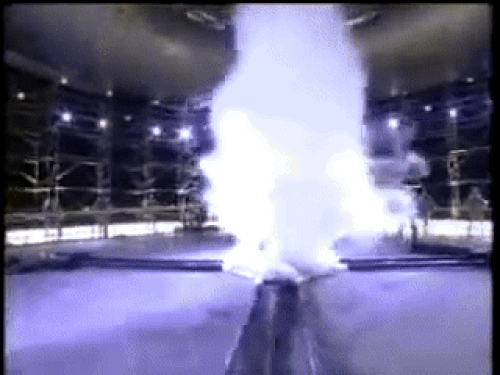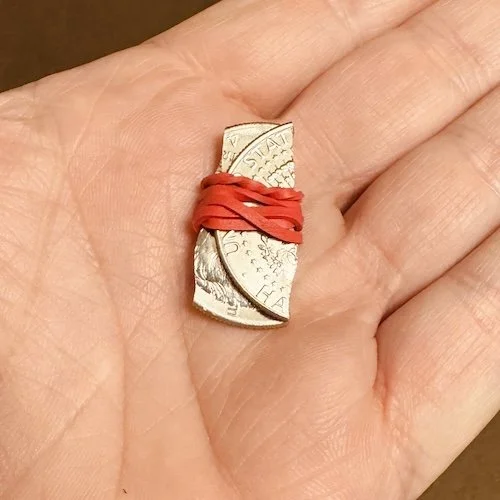Here’s the simplest example.
You place a small wallet on the table. “Inside this wallet is a prediction of something that’s about to happen.”
You have someone slide a joker into a deck of cards.
“Take out the card next to the Joker you placed… well, actually—there are two cards next to it, I guess. Remove either one.”
They take out the Ace of Hearts.
You remove the card on the other side of the Joker, the Three of Clubs.
“You shuffled the cards. You could have placed the Joker between any two cards, but you ended up here. And even then, you had a choice: the Ace or the Three. And you picked the Ace. Are you happy with that, or would you rather switch to the Three? Totally up to you.”
Let’s say they switch.
“Interesting. Given that option, most people would keep the Ace. It’s just a more appealing card. But that’s okay, we just want to go with your instincts.”
You point to the wallet on the table, and with no moves, you crack it open. A face-down card is seen. There’s nothing else in the wallet. You tell them to slide the card out.
They turn it over, and it’s the Three of Clubs.
This is simply Bill Simon’s Prophesy Move to get the Joker in the right place, and then a Z-Fold wallet that allows you to reveal either card as the one card you set aside from the start.
What is a Bi-Reveal
A Bi-Reveal is a reveal that allows you to cleanly show two (or more aka a Poly-Reveal) possible revelations, in a location that is established before the selection is made.
It may use gimmickry, technology, sleights, or linguistic deception to make the person believe the reveal is in the one reveal in the only place that was directly or indirectly stated earlier in the performance.
It’s not just a multiple out. It’s a type of multiple out where the structure of the trick strongly suggests there was only one path, and you’re now seeing its inevitable conclusion.
With a standard multiple out, the effect often changes based on the outcome. With a Bi-Reveal, the setup frames the experience as if this was the only way the trick could have played out all along.
History
As others have undoubtedly done, I would sometimes use a procedure that forced two cards and then I would allow a free choice at the end. To prepare for this, I would have two reveals set up. Maybe one is a poster hanging in my hallway, and the other is written on a cake in my refrigerator.
While this sort of thing can be entertaining, there is a significant difference between:
and this:
The difference between the two is something any moderately intelligent non-magician will understand intuitively. In one version, the area of the reveal is indicated after the choice. In the other, it precedes it.
It’s the difference between a reveal that feels reactive, and one that feels inevitable.
This is why I’m drawn to Bi-Reveals.
What Isn’t a Bi-Reveal?
A card index in your pocket would allow you to say, “Your named card will be in my pocket.” But because you can’t show that pocket cleanly afterward, that wouldn’t be a Bi-Reveal.
However, I suppose if you said, “I have a wallet in my inner breast pocket with a single sealed envelope inside.” And then you had them name a card, you pulled it from your index, you loaded it into a Card-To-Wallet, that would technically meet my definition. But it’s not quite the thing I’m looking for. I’m looking for ideas that are structurally less complex (even if they’re hyper ambitious).
Examples
Here are some examples of what I’m talking about.



























